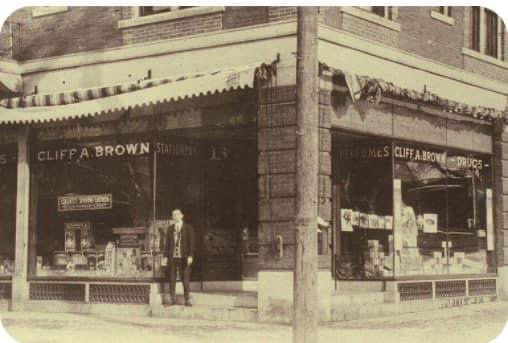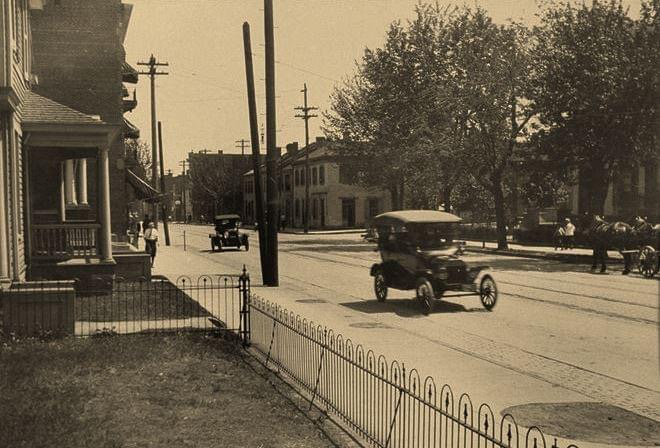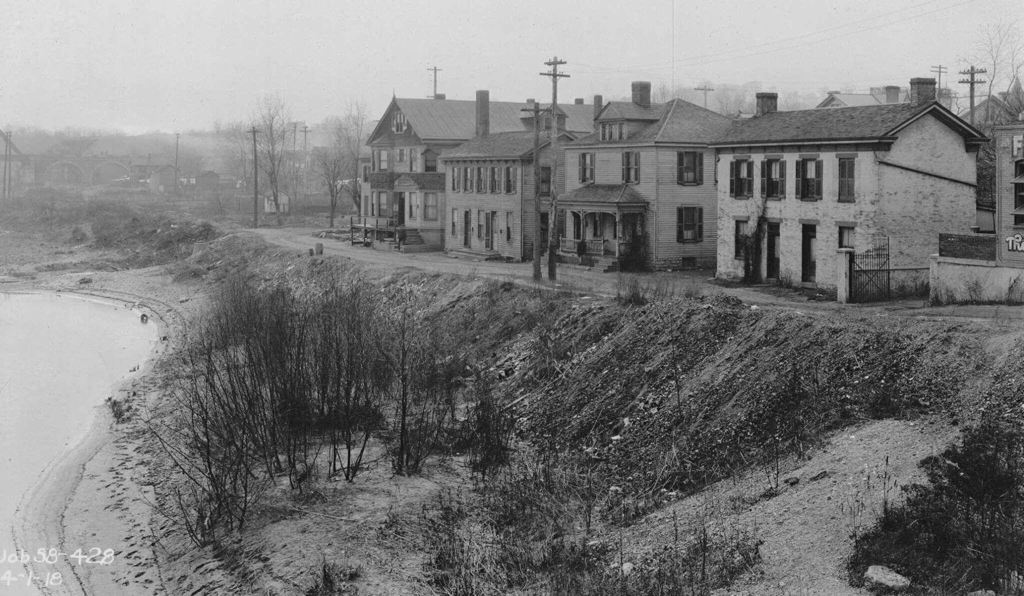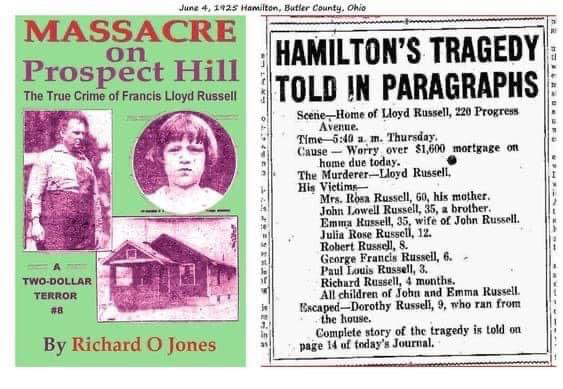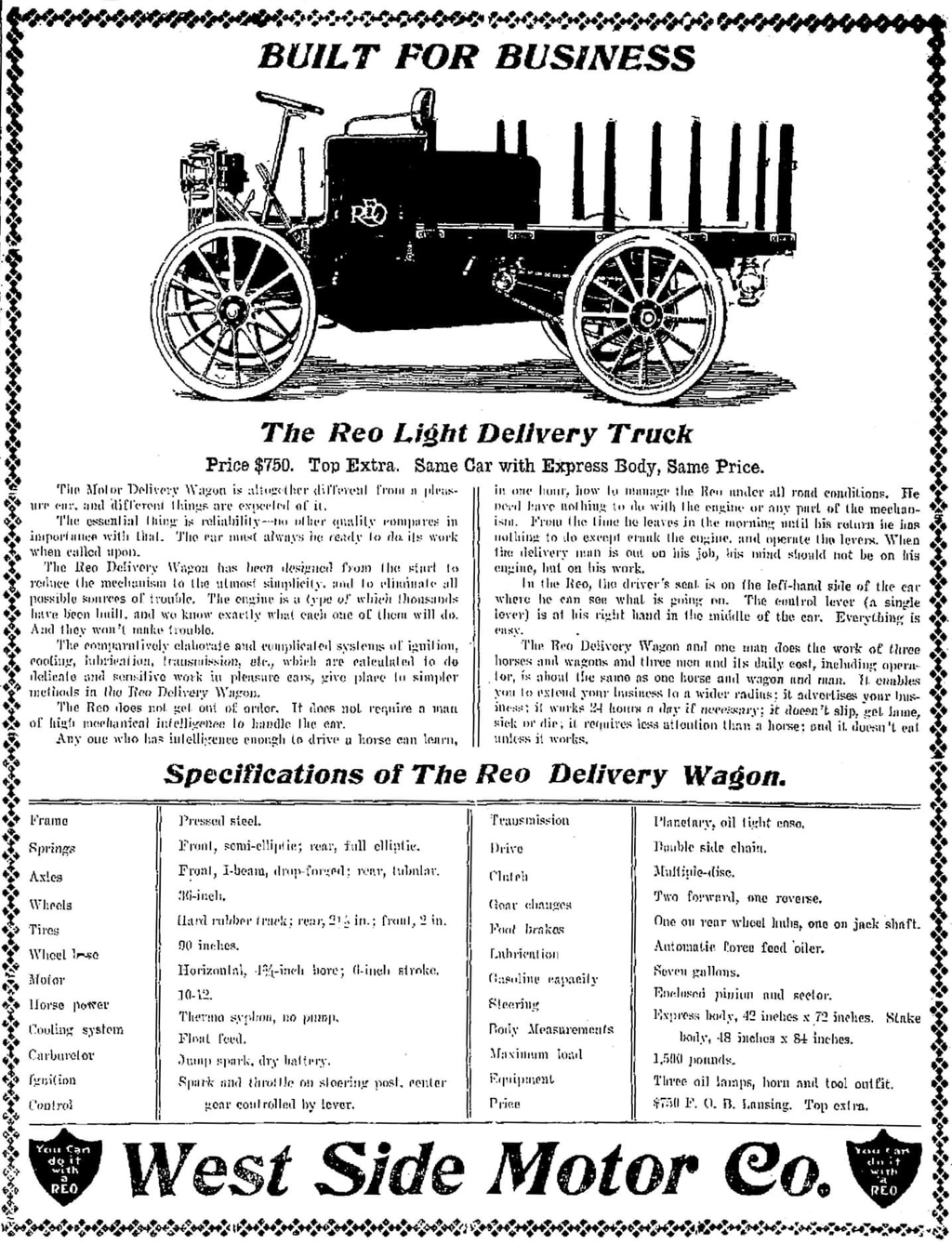Rossville Tour
Rossville was settled in April 1801 shortly after the U.S. Government initiated land sales west of the Great Miami River. Its original proprietors--John Sutherland, Henry Brown, Jacob Burnet, James Smith and William Ruffin--named the town in honor of Pennsylvania Senator James Ross (1762-1847), who favored Ohio statehood and advocated free navigation of inland rivers. These founders envisioned Rossville as a shipping port for the rapidly growing population of farmers settling west of the Great Miami. The most practical outlet for their products was by flatboat down the Great Miami, Ohio, and Mississippi rivers to New Orleans. The town of Rossville was founded in 1804, the year after the Louisiana Purchase, which made the Mississippi River a United States possession.
The first Rossville post office opened in December 1819 in a store at the northwest corner of Main and B streets. From about 1805 ferries connected Rossville and Hamilton on the river's east bank. The first bridge, the privately built Miami Bridge, opened in 1819. This 380-foot "double-barrel" covered bridge, designed by James McBride, washed away in a flood in September 1866. In the 1850 census Hamilton counted 3,210 inhabitants and Rossville 1,447. Voters in the two towns approved their union in April 1854, and the merger was completed in February 1855. In October 1975 the Rossville Historic District was placed on the National Register of Historic Places.
The first Rossville post office opened in December 1819 in a store at the northwest corner of Main and B streets. From about 1805 ferries connected Rossville and Hamilton on the river's east bank. The first bridge, the privately built Miami Bridge, opened in 1819. This 380-foot "double-barrel" covered bridge, designed by James McBride, washed away in a flood in September 1866. In the 1850 census Hamilton counted 3,210 inhabitants and Rossville 1,447. Voters in the two towns approved their union in April 1854, and the merger was completed in February 1855. In October 1975 the Rossville Historic District was placed on the National Register of Historic Places.
Efforts to promote the Main Street retail district are a reminder that much of the area began 185 years ago as Rossville, a commercial rival to Hamilton.
The towns on opposite sides of the Great Miami River competed for the same business for about 50 years -- until citizens voted to merge into a single community.
Hamilton was formed on the east bank of the river around Fort Hamilton in 1794 and 1795, when the frontier outpost was about to be abandoned by the U. S. Army.
For a few years, the land west of the river opposite Hamilton was officially vacant.
Rossville began in April 1801 when the government placed the land west of the Great Miami River on sale in Cincinnati. Five partners purchased all of section 36 (640 acres) and parts of sections 31 and 32.
John Sutherland and Henry Brown of Hamilton, and Jacob Burnet, James Smith and William Ruffin of Cincinnati, envisioned Rossville as a commercial and shipping center for farmers settling west of the river -- just as Hamilton had become on the east side of the Great Miami.
Rossville's founders expected it to become a marketplace for farmers who would bring their crops and livestock there for shipment on flatboats to New Orleans, via the Great Miami, Ohio and Mississippi Rivers.
Their town plat -- including 132 lots of varying size -- was recorded March 14, 1804, the same day they offered lots for sale in Rossville.
The town was named in honor of Sen. James Ross of Pennsylvania, who had worked for Ohio statehood in Congress. During his senate career (1794-1803), the Pittsburgh resident also had championed free navigation of the Ohio and Mississippi rivers for U. S. citizens.
This included efforts to keep New Orleans open to Ohio Valley merchants when the port was owned by Spain and France.
Sen. Ross also had been a co-founder of the town of Steubenville, Ohio, 36 miles below Pittsburgh on the Ohio River.
According to an 1804 map. Rossville extended west from the river to about present F Street, south to present Millikin Street and north to present Wayne Avenue.
Ross Avenue -- then Ross Street -- was meant to be the main east-west road through the town.
Morris Street -- now Main Street -- was named in honor of Sen. Gouvernor Morris of New York, who also had worked for free navigation rights for U. S. citizens on the Mississippi.
Boudinot Street -- now Park Avenue - honored Elias Boudinot of New Jersey, who had been a president of the Continental Congress during the American Revolution, later a congressman and, when Rossville began, director of the U. S. Mint.
Wayne Avenue on the north edge of Rossville was called North Street in 1804 and Arch Street was known as South Street. The 1804 map didn't include a name for present Millikin Street.
Rossville's north-south streets were labeled Water (later A Street; Front (now B Street), Second (C Street) and Third (D Street).
Two lots at the northeast corner of Ross and Second -- now the site of the Senior Citizens Center -- were marked as "public ground." Later, a school was built on the tract.
A triangular plot was reserved as a "burying ground." Today the former Rossville cemetery is a city park (between Park and Wayne avenues and North D Street).
A ferry was the only connection to Hamilton from about 1804 or 1805 until 1819, when a bridge opened on the approximate site of the present High-Main Street bridge.
By 1810, Rossville had only 84 inhabitants. The same census placed Hamilton's population at 326.
By the 1830 census -- when the towns were in the midst of an unsuccessful four-year merger attempt -- Rossville had grown to 629 people while Hamilton counted 1.079.
In the 1850s -- realizing they had more common commercial interests than conflicts -- leaders in both towns took steps that led to a merger.
Fred Hammerle was the county engineer when the 1915 Bridge was built.
We added these ramps to Park and Ross avenues in the 1960’s
The Roll on In location was the original Post Office
1884 - Hooven and Sons at 112 Main St.
A Street looking towards arches

